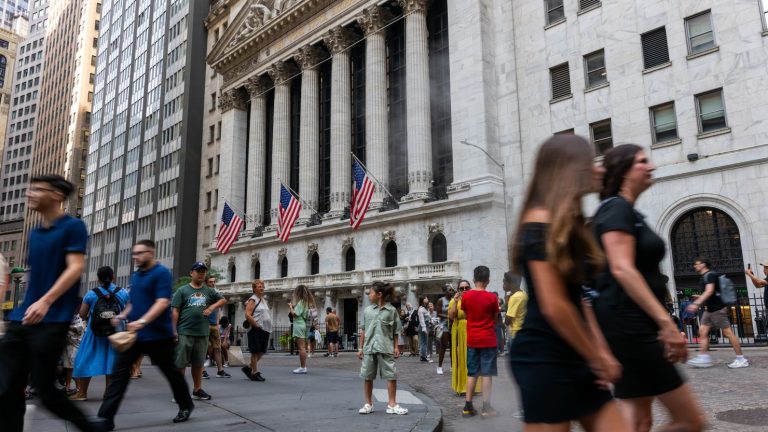
Five Strategies for Banks to Reduce Cybersecurity Events
More significant cyberattacks have affected financial institutions worldwide in recent years.

creased by an astounding 1,318 percent in 2021 alone. This is caused, at least in part, by the pandemic, which sped up the shift to remote employment and the digital transformation process.
Many banks are currently finding it difficult to address the risks brought about by a larger attack surface as a result of these impromptu initiatives.
Financial institutions are under increasing pressure to guard against unforeseen losses as a result of the growing geopolitical instability.
This goes beyond merely preventing the increasingly complex cybersecurity assaults made feasible by system interconnection.
Additionally, it’s a reaction to stricter laws. Financial institutions must now take steps to minimize harm to their customers. One such step is to establish which third-party providers are essential to lowering concentration risk.
Likewise, regulatory developments are pressuring regional and international banks to strengthen their enterprise resilience.
Most financial institutions are tightening their controls and trying to improve their cyber maturity in order to stay up. Many banks still need to prove that they have taken sufficient precautions to reduce the possibility of a disastrous cybersecurity incident.






